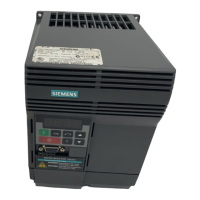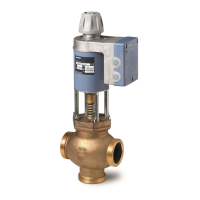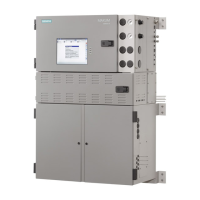PID Control
9.3 Setup and Tuning
BW500 and BW500/L
Operating Instructions, 12/2016, A5E33482052-AD
113
Derivative Control (Pre-Act or Rate), D
The
D
term on the BW500 influences the control output based on changes in the magnitude and
direction of the change in error. If there is a constant error, the
D
term has no effect. As the error
gets larger, the
D
term combines with the P term to make the BW500 control output respond
faster. When the error is getting smaller, the
D
term acts to reduce the amount of control output
to help prevent overshooting the set point. In general, a higher
P
term will require a larger
D
term.
● allowable input range: 0.000 to 1.000
● typical operating range: 0.010 to 0.100
● default value: 0.050
The result of the derivative action is that it can make a system more responsive and more stable
at the same time.
On the BW500, the
F
term is used to adjust the control output based on a setpoint change. The
use of this term can make the system reach the new setpoint faster. If the term is not used, the
system responds using the
P
,
I
and
D
terms only. The difference between the new setpoint and
the process variable is the error and the control algorithm responds to eliminate this new error.
When the
F
term is used and a new setpoint is entered, a proportion of the difference between
the new setpoint and the process variable is automatically added on to the control output. This
shifts the process variable closer to the new setpoint faster than using the
P
,
I
and
D
terms
alone. This is done on a one time basis.
● allowable input range: 0.000 to 1.000
● typical operating range: 0.250 to 0.550
● default value: 0.300

